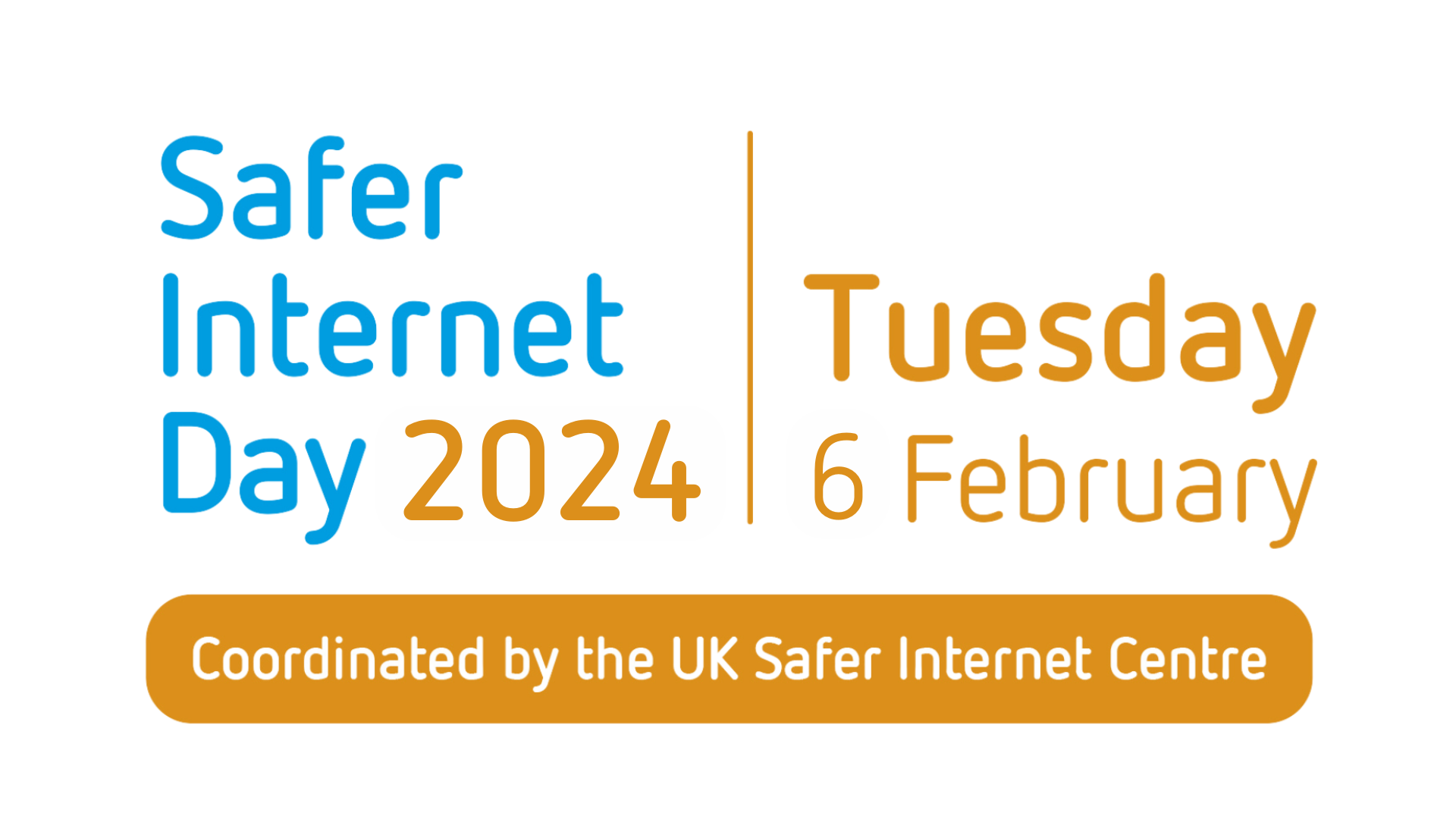SuperAwesome’s recent report, How the kids gaming ecosystem has changed, provides observations and insights about how young audiences’ gaming patterns are changing the entire digital media landscape.
We sat down with Jarrod Walczer, Strategic Insights Manager at SuperAwesome, to discuss the report findings in more detail, including the actions companies should take to get ahead as they finalize their 2021 digital content strategy.
Can you provide a high-level overview of the report?
This report explores the evolution of the kids gaming ecosystem, which is something that you might already be familiar with if you are a gaming company or are interested in gaming yourself. As more kids and Young Teens go online every day, they are quickly becoming the world’s most important gaming influencers – repurposing games into social sandboxes and playing by their own rules. What was once a linear task of plugging in and playing a game has become something much less straightforward.
How exactly is gaming changing?
Kids have been hanging out online for decades now, but recently we’ve seen them doing the same within gaming environments. And with the very strange year that 2020 has been, the idea of kids hanging out with their friends in games has only been further cemented. Gaming environments now offer much more than just a place to connect. The most popular games among young audiences – from Roblox to Minecraft – provide in-game experiences for kids and Young Teens to participate in: they can watch an event, discover new interests, build and create, among other activities. Ultimately, these games have strayed away from total reliance on the gameplay itself and towards other ways to consume content, both actively and passively.

Why is it important for non-gaming brands to understand this shift in the gaming ecosystem?
I think that youth gaming behaviors are changing the entire digital media landscape. To emphasize the impact of this shift, it is worth noting that Netflix recently called out Fortnite as one of its biggest competitors for audience attention. We’re seeing major video platforms pivot to be more Twitch-like, incorporating today’s culture of co-viewing and interactivity. Take Disney+, who recently introduced a GroupWatch feature that enables socially-distanced co-viewing; participants can even add emoji reactions to the shared screen throughout the viewing experience. The content that today’s young audiences crave and expect looks much different than it did in the past.
What actions should non-gaming brands take to apply these learnings to their content strategy?
First and foremost, brands need to understand exactly who their audience is. Branded content should speak directly to that audience’s cognitive, developmental, and emotional needs – regardless of whether they are six- or sixteen-years-old.
To reiterate, multiple game modes and uses of games are quickly becoming the industry standard, impacting how kids and Young Teens prefer to consume content. In this day and age, youth audiences expect to interact with content in different and exciting ways, in real-time. Brands need to think about their current ecosystem’s breadth, considering if and how they plan to expand its scope. Likewise, kids and Young Teens are looking to have the game worlds and characters they love embedded within the interactive, social, and live content that is so prominent in their lives.
Are there compliance concerns that need to be considered?
Ensuring that brands are baking kids and Young Teens privacy needs into the cool content they are creating for them will not only secure buy-in from parents, but it will also generate a sense of trust and lifetime value with the young people they are reaching. Kids have no qualms about using (and even overtaking) platforms that weren’t purposefully designed for them – a behavior that simply cannot be ignored to safeguard brand reputation.
Do you have any final thoughts or recommendations for brands?
While we might not know exactly what the future of digital realms will look like, one thing is certain: every consumer brand will need a gaming strategy to remain competitive. Digital worlds and gaming environments are on track to become the primary play and media experience for kids and Young Teens, meaning that your brand’s virtual representations will soon become of equal importance to its real-life manifestations.
As you finalize your 2021 content strategy, consider integrating your brand across a variety of digital platforms. And please don’t hesitate to reach out to the team at SuperAwesome if you need any assistance with developing kid-safe touchpoints and on-ramps. We can help you think about compliant and effective ways to integrate creation modes, interactive elements, and other tools into your content to make a more significant impact.
Are you interested in hearing more from Jarrod? Check out our recent webinar: How the kids gaming ecosystem has changed. In this webinar, we’ll deeper into how young audiences’ gaming patterns are changing the entire digital media landscape and the actions companies should take to get ahead.







